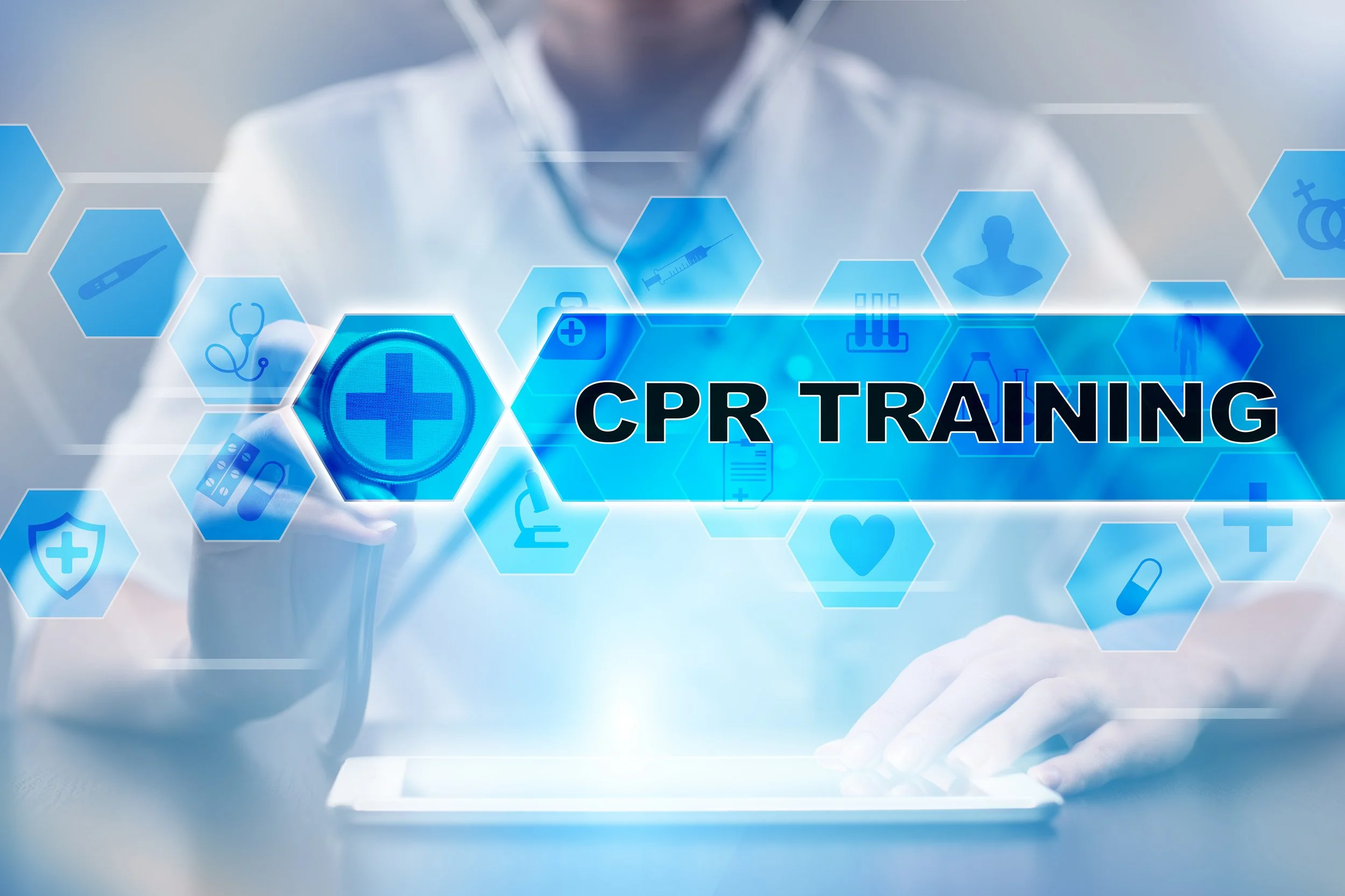The Science Behind CPR: Why Every Second Counts
TL;DR
CPR isn’t just a lifesaving skill — it’s grounded in hard science. Immediate, high-quality CPR keeps oxygen flowing to the brain and heart, slowing damage until advanced care arrives. Survival drops 7–10% for every minute without CPR, making bystander action crucial.
When the heart suddenly stops, blood flow to the brain and vital organs drops to zero. Brain cells begin to suffer injury within minutes. That’s why immediate, high-quality cardiopulmonary resuscitation (CPR) is the single most important thing a bystander—or a trained provider—can do before advanced care arrives. CPR doubles to triples the chance of survival in out-of-hospital cardiac arrest. cpr.heart.org+1
What CPR actually does (in plain English)
Chest compressions provide a mechanical “pump,” pushing oxygenated blood to the brain and heart until defibrillation and advanced care are available. Keeping some blood flow going preserves the heart’s ability to respond to a shock and protects the brain from irreversible damage. This is why CPR is a critical link in the AHA’s Chain of Survival (recognition, early CPR, rapid defibrillation, advanced life support, post-arrest care). cpr.heart.org+1
The clock is brutal: the 7–10% rule
With each minute that passes without CPR and defibrillation, survival falls by roughly 7–10%. The longer the heart is in a shockable rhythm without intervention, the fewer patients can be saved—even if EMS arrives quickly. Early CPR slows that decline and buys time for a successful shock. AHA Journalscpr.heart.org
What “high-quality” CPR means (and why it matters)
High-quality CPR isn’t guesswork—it’s defined in the 2020 American Heart Association Guidelines:
Rate: 100–120 compressions per minute
Depth (adults): at least 2 inches (5 cm) with full chest recoil
Minimize pauses: compression fraction ≥60% (keep hands on the chest as much as possible)
Early defibrillation when an AED is available
These elements are strongly associated with better survival and neurologic outcomes. AHA Journalscpr.heart.org+1
Proof that bystanders (and teams) change outcomes
Large randomized and population-level studies show that earlier CPR—especially before EMS arrival—more than doubles survival at 30 days. Dispatcher-assisted CPR and mobile alerts that recruit trained lay responders both increase timely CPR and improve outcomes.
Why AEDs are a force multiplier
CPR keeps blood flowing; AEDs reset the rhythm. Public access defibrillation changes trajectories because shockable rhythms become less shockable with time (hence the 7–10% decline per minute). Putting AEDs where people gather—and training more people to use them—saves lives. AHA Journals+1
How to learn CPR the right way (and where to train with us)
Whether you’re in St. Louis or another city we serve, we teach high-quality skills the way the science intends—hands-on, scenario-based, and focused on what actually moves outcomes.
Course catalogue: Browse CPR, BLS, ACLS, PALS, and Heartsaver offerings.
BLS for providers: Core skills for the clinical environment.
ACLS for critical care/ED: Advanced interventions and team leadership.
PALS for pediatric teams: Infant/child recognition and interventions.
Heartsaver CPR & First Aid: For schools, coaches, fitness, and workplaces.
Instructor Pathway: Become an AHA-certified instructor.
Onsite training for teams: We come to your facility—ideal for schools, clinics, gyms, and offices.
Social proof: Read what students say.
Find another city: Explore All Locations
Every second counts because time is biology: the brain and heart need oxygen now, not “when EMS arrives.” The combination of immediate CPR + early AED + rapid advanced care is how communities turn bystanders into lifesavers—and how your team can be ready when it matters most. cpr.heart.org+1


